Adjustable Controls With Ian Pinnell
Book Extract
Having set up the rig ashore, you can tweak the rig afloat using the adjustable controls of which the main three (in order of importance) are:
- Vang (kicking strap)
- Outhaul
- Cunningham
Vang (Kicking Strap)
To windward the vang:
- Controls the leech profile of the mainsail, i.e. the twist. Pulling on the vang closes the leech, shown by the upper leech telltales starting to stall. Letting off the vang opens the leech and the telltales start to stream.
- Pushes the boom forward on the mast, inducing fore-and-aft bend and flattening the mainsail. (Note that the mainsheet tension controls the leech without inducing mast bend.)
Offwind the only function of the vang is to control the leech. The sideways mast bend it causes is controlled by the lowers (if you have them).
On a reach the leech telltales must not be stalling, so ease the vang until they fly. This also straightens the mast, increasing power. Don’t over-ease but, if in doubt, ease more!
On a run, ease the vang until the top 25% of the main is square to the wind to maximise the projected area. Don’t let the top of the sail go further forward of abeam or you’ll risk a death roll. Capsizing is always slow! However, in a single-hander without shrouds you may let out the boom to aid sailing by the lee (which is fast).
Pull on the kicker (and push down the centreboard) before gybing in light or medium winds to get the full effect from the roll gybe.
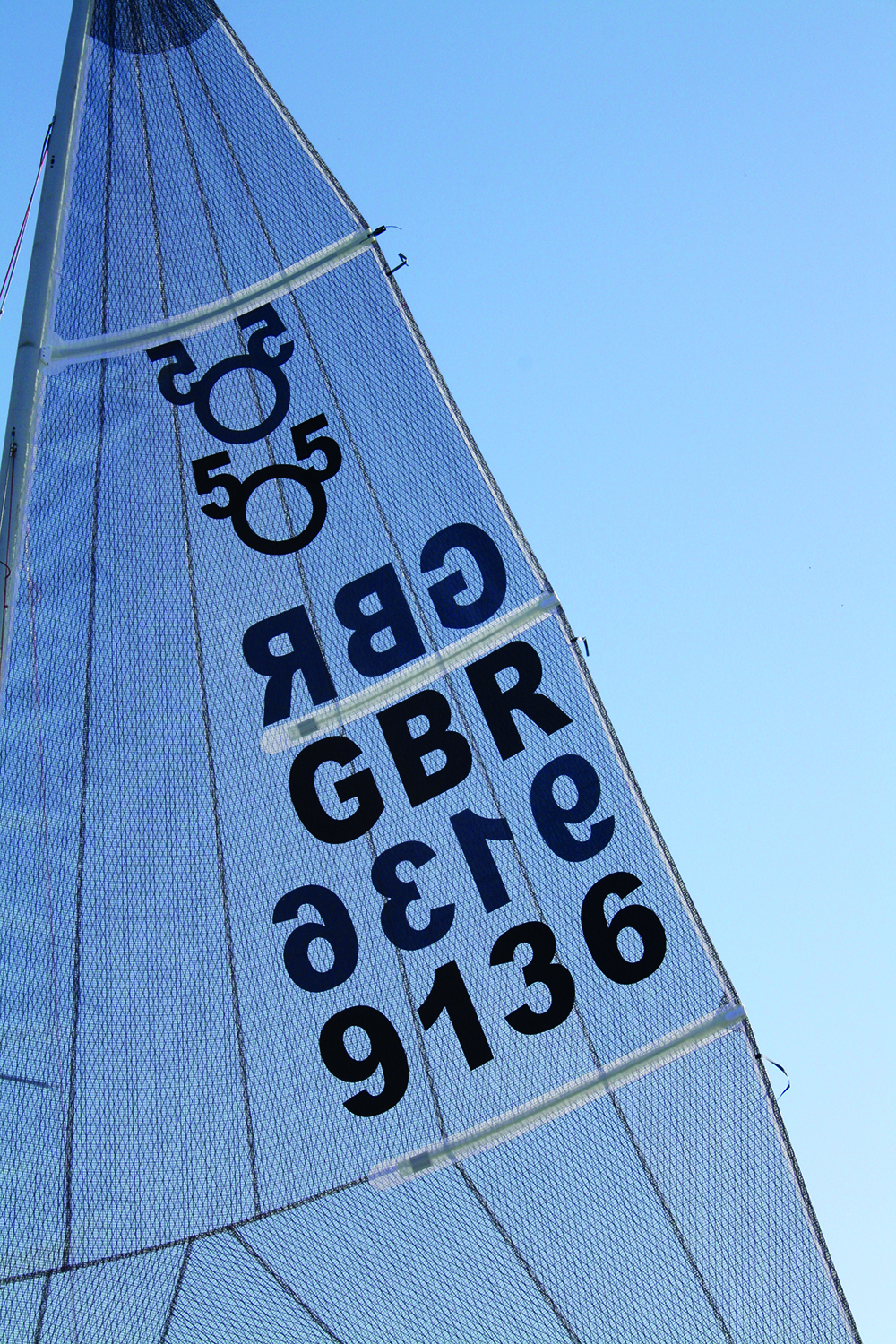
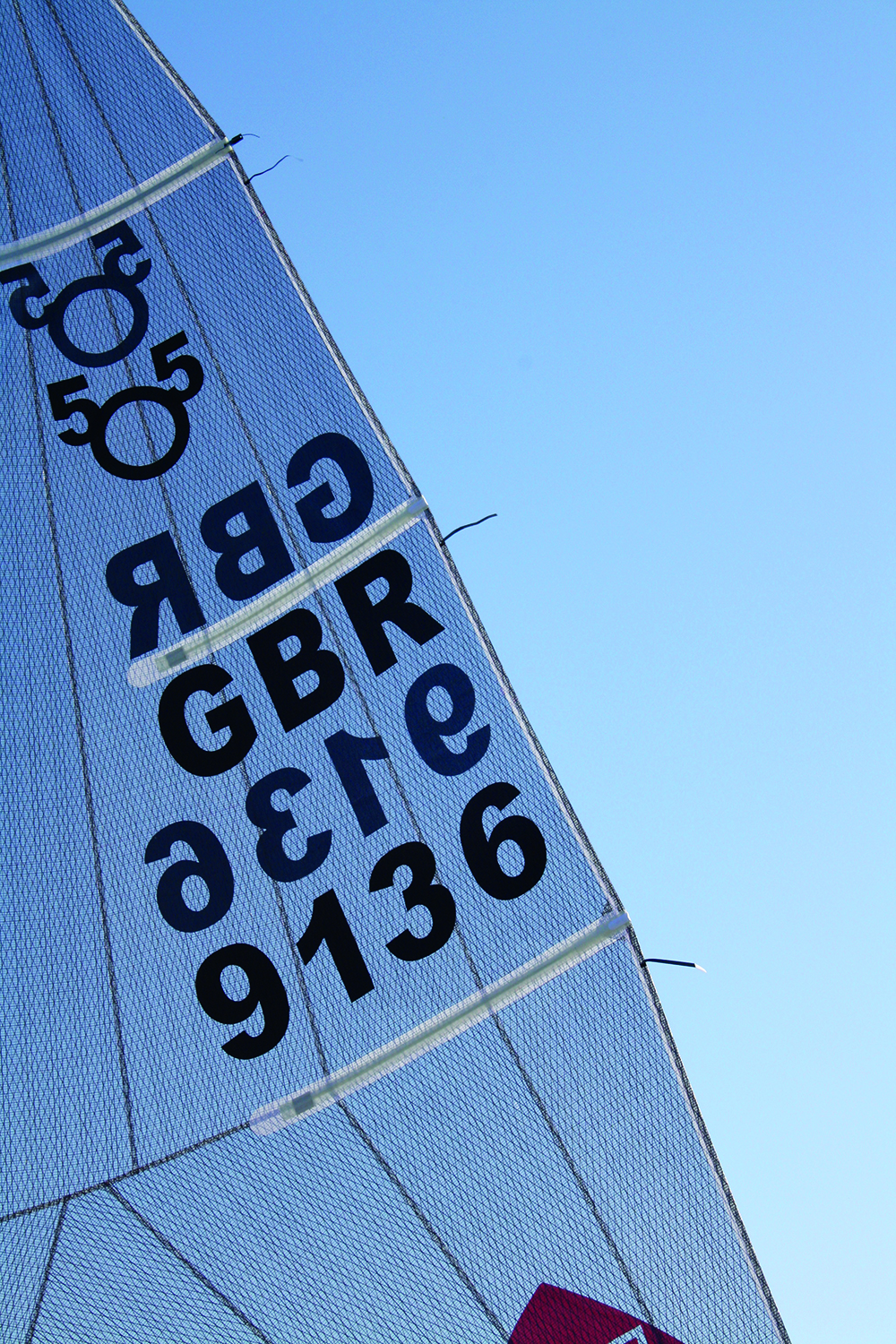
The leech telltales show how open the leech is
On a beat: stalling indicates it is too tight (left)
On a beat: streaming indicates it is too open (right)
Aim for streaming 40-60% of the time
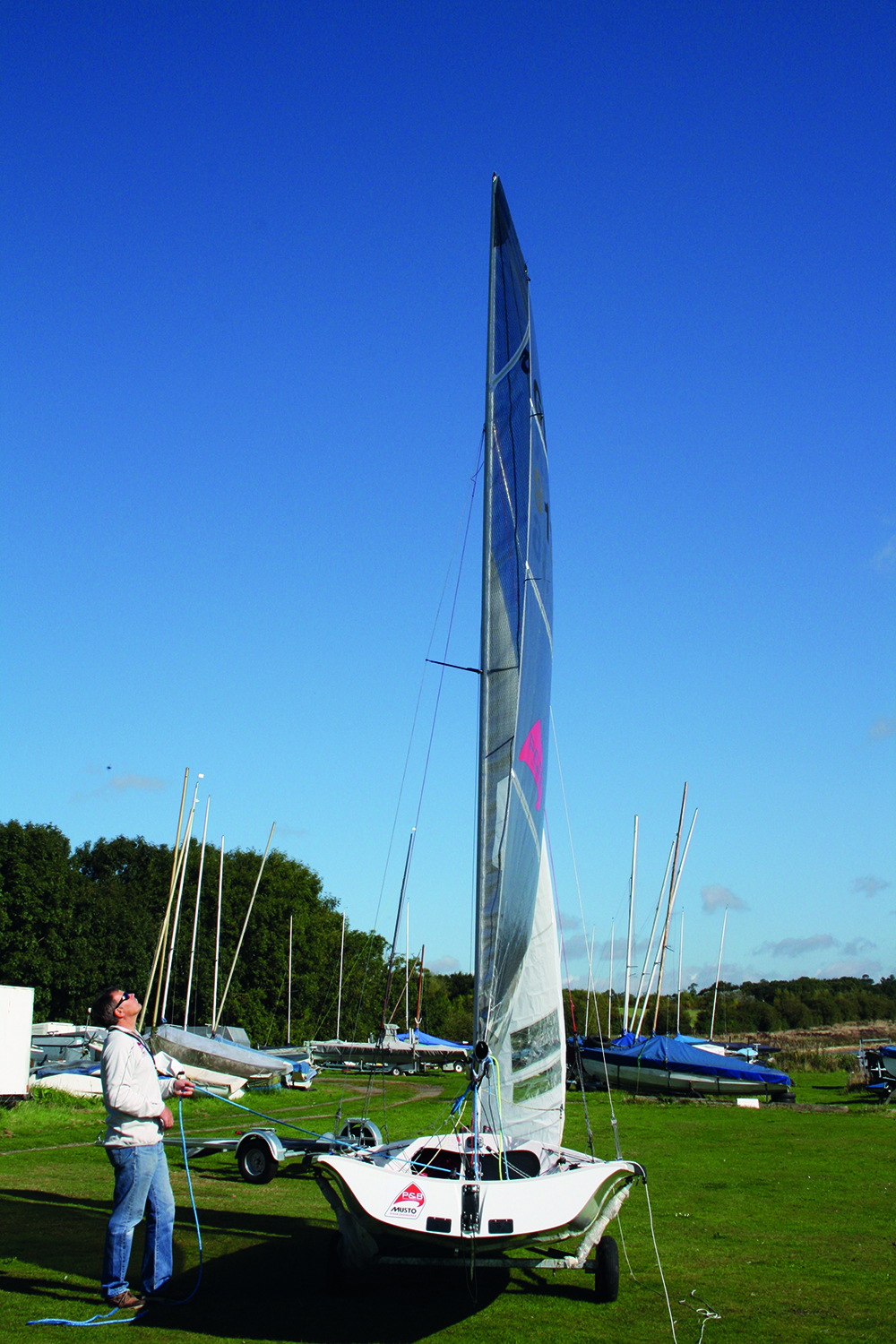
Leech too open
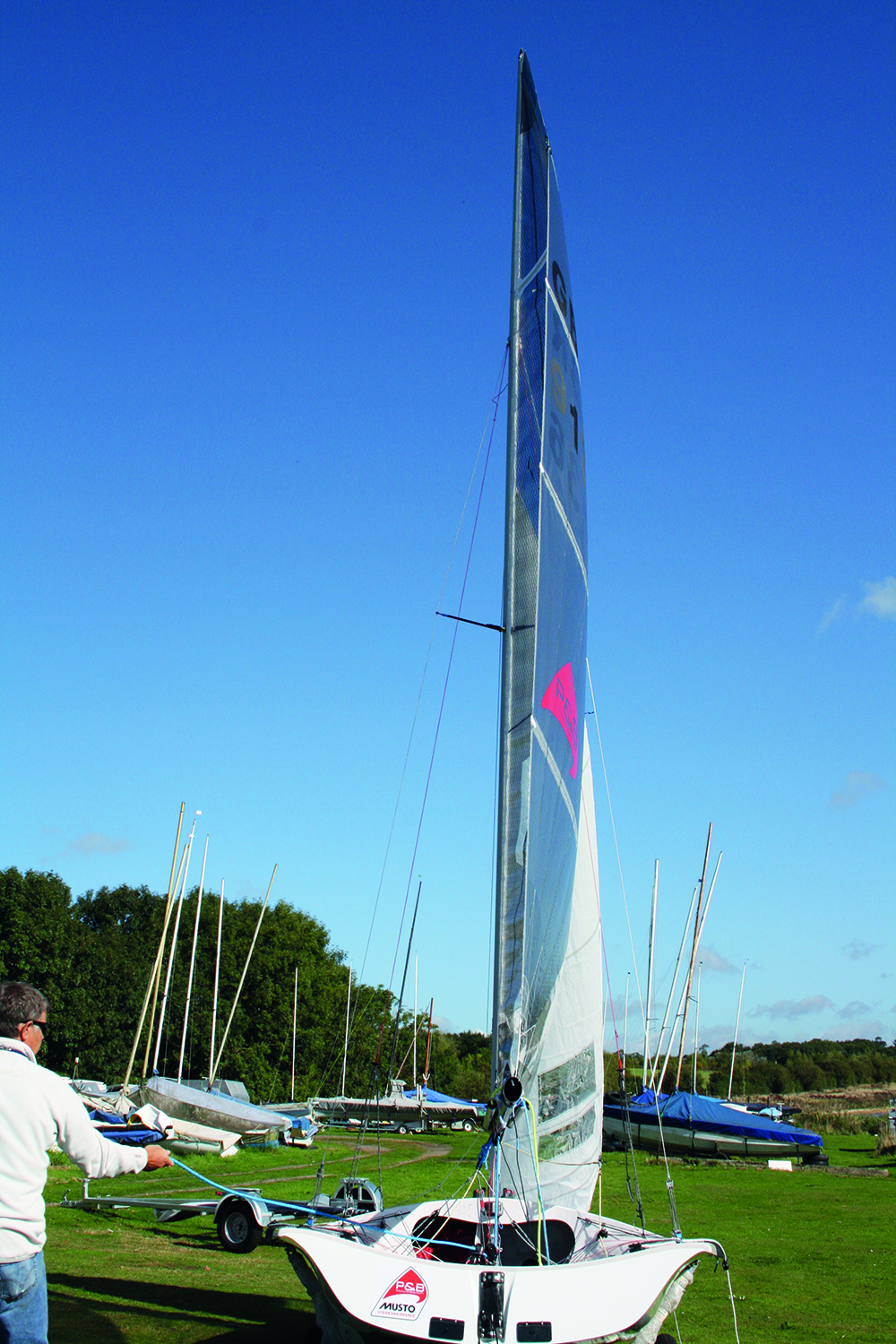
Leech correct

Leech too closed
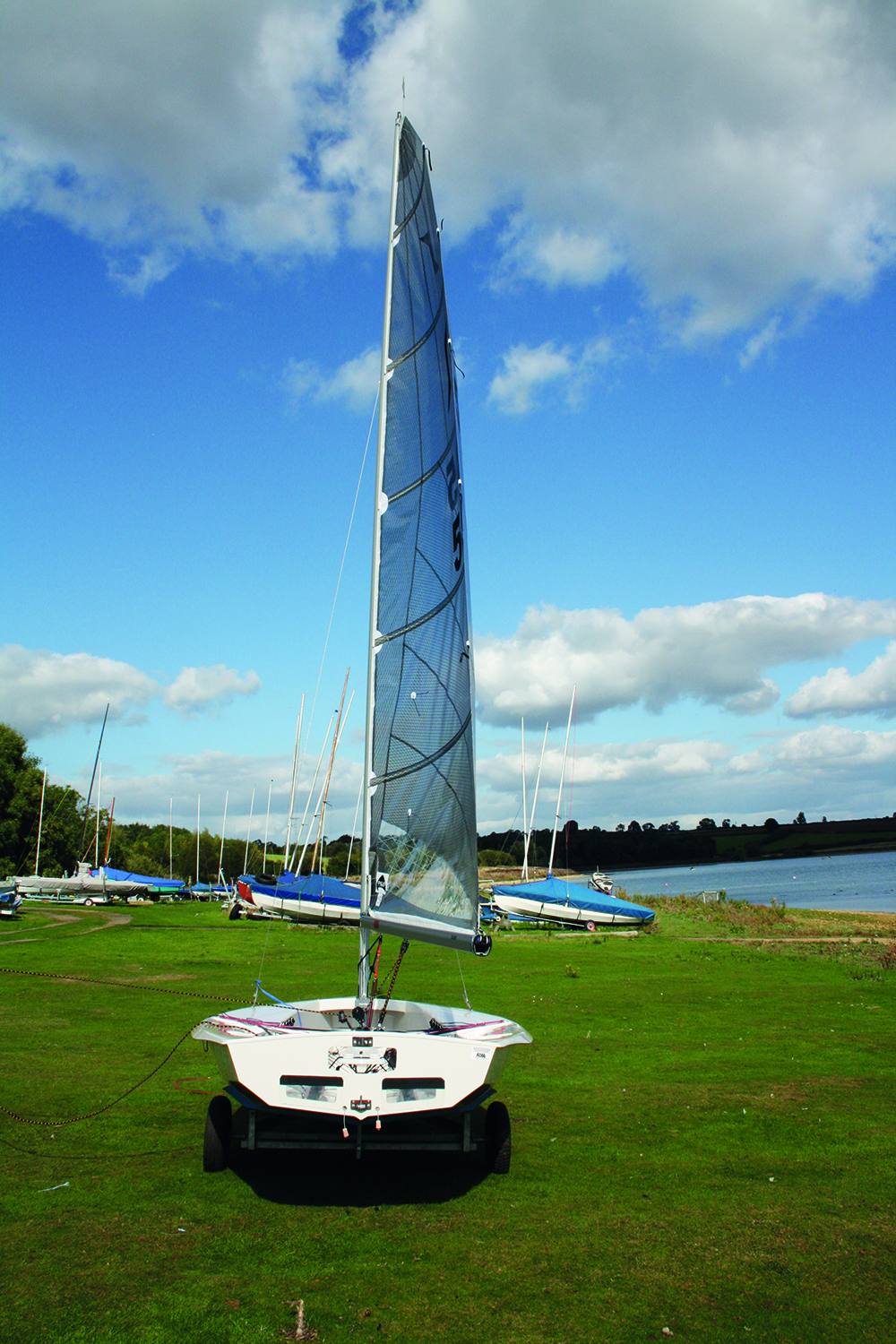
Leech too open
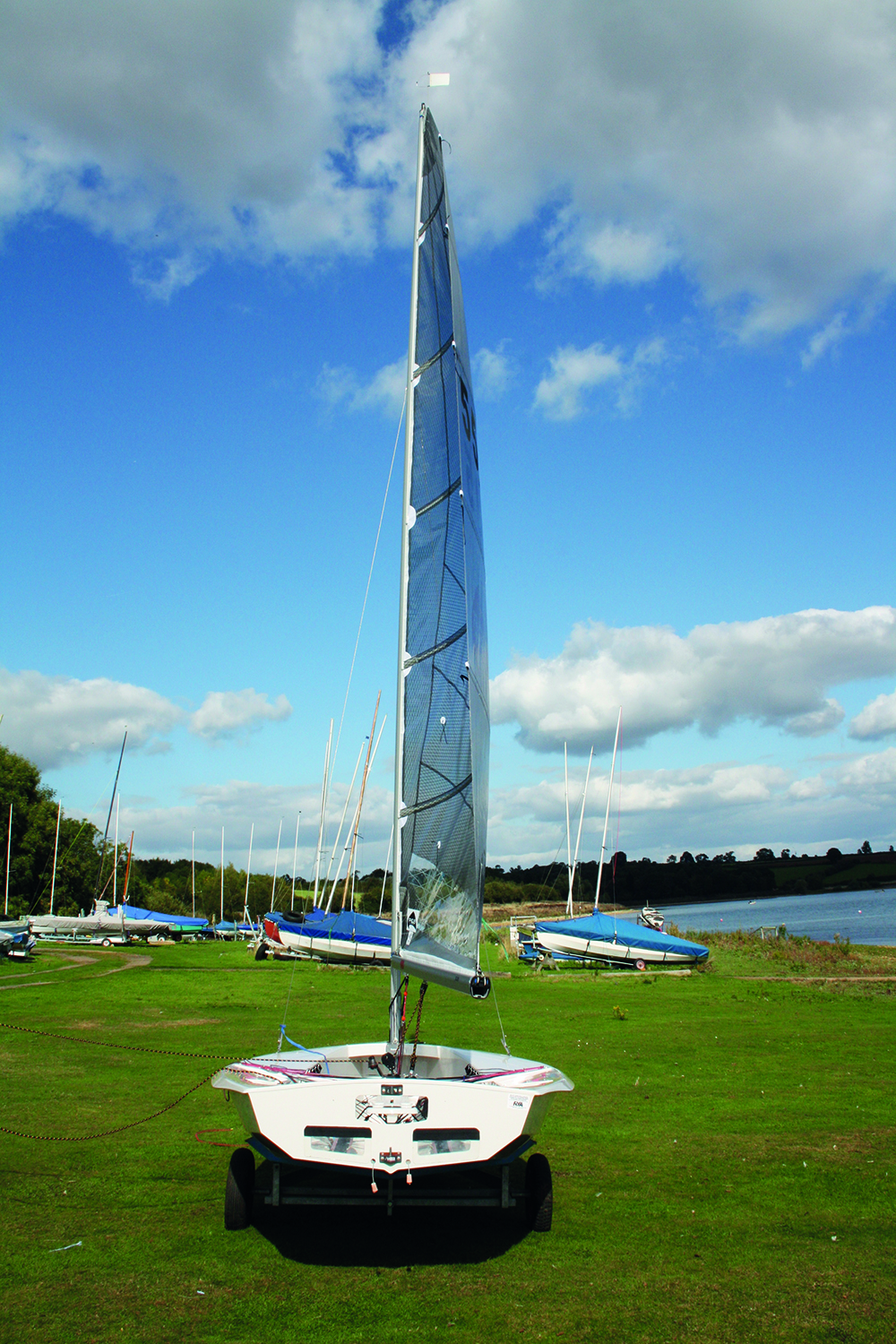
Leech correct

Leech too closed
Outhaul
The outhaul is an underestimated control. In fact, it’s a very powerful tool. Use it to power up or depower the mainsail:
- In light winds tighten the outhaul to flatten the lower part of the mainsail (not bar tight).
- In medium winds release it so that the clew moves forward about 25-40 mm. This powers up the mainsail and tightens the lower leech which helps pointing – ideal off the start line.
- As the wind increases pull the outhaul tight to flatten the lower sail and straighten the lower leech exit. A ridge forms along the foot, eliminating the sail’s lens foot.
Note that in some classes, like the Phantom, the lower batten can invert in strong winds. So you may need to let off the outhaul to put more depth into the lower sail to eliminate this.
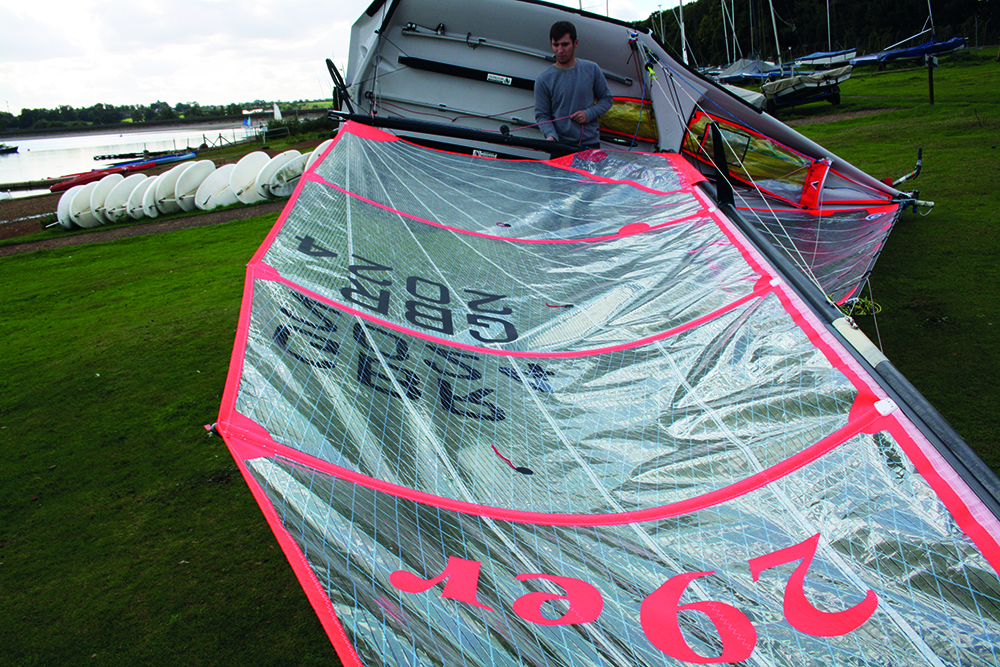
Outhaul eased slightly for medium airs
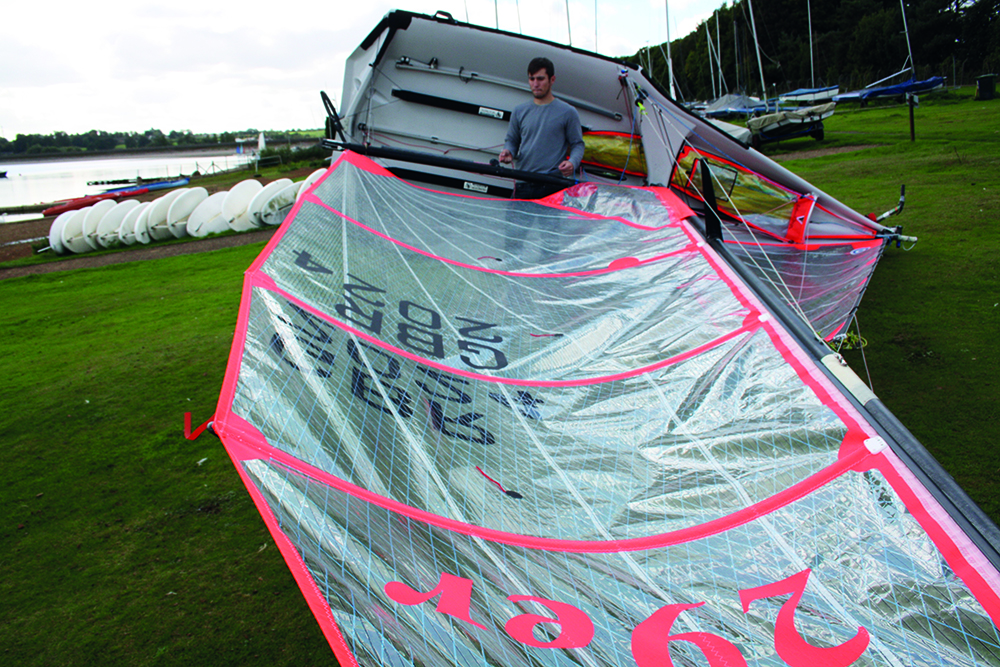
Outhaul eased too much – the mainsail is too full in the lower batten area
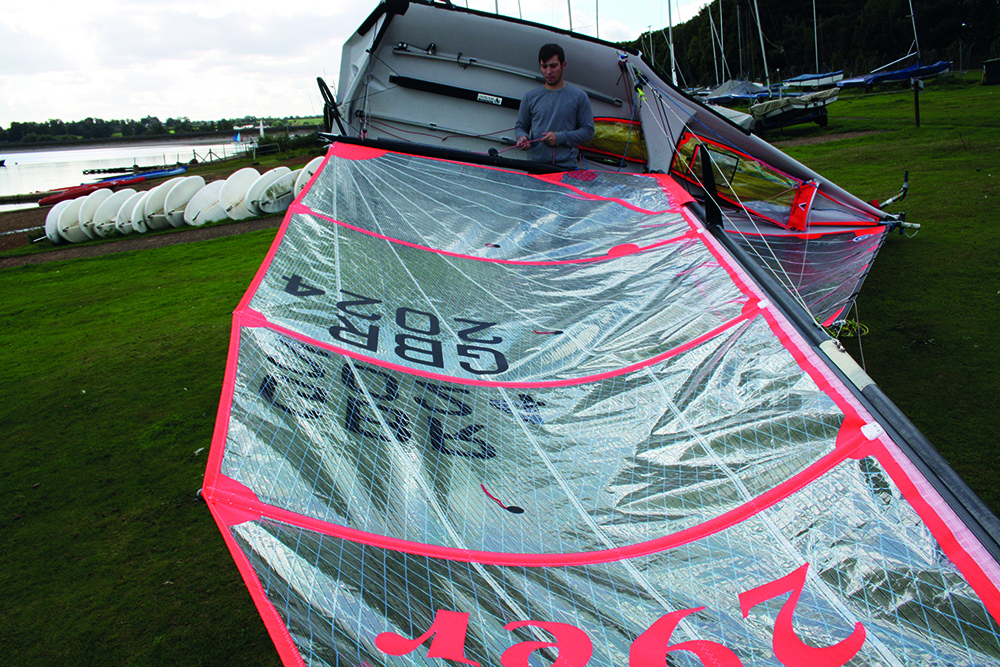
Outhaul is too tight and too flat around the lower batten
Cunningham
The cunningham controls the draft position in the mainsail. Pulling on the cunningham pulls the draft forward.
The cunningham also opens the top of the leech, because it bends the mast.

Force 1-2: with fine luff entry

Diagram F2: Force2-3: with fuller sail

Force 4-6: cunningham applied to move the flow forwards
In light winds the cunningham should be right off, giving a flat entry. Don’t worry about the creases behind the luff – they’re fast!
Only pull on the control when you are overpowered. As the wind builds more, pull the cunningham very tight.
The cunningham is also very useful on a windy tight reach. Pull it on to flatten the head of the main and open the leech. Let the vang off a bit, raise the centreboard, and off you go!
505 (from below):

Very light air settings showing slightly more bend in the lower section

Medium air settings
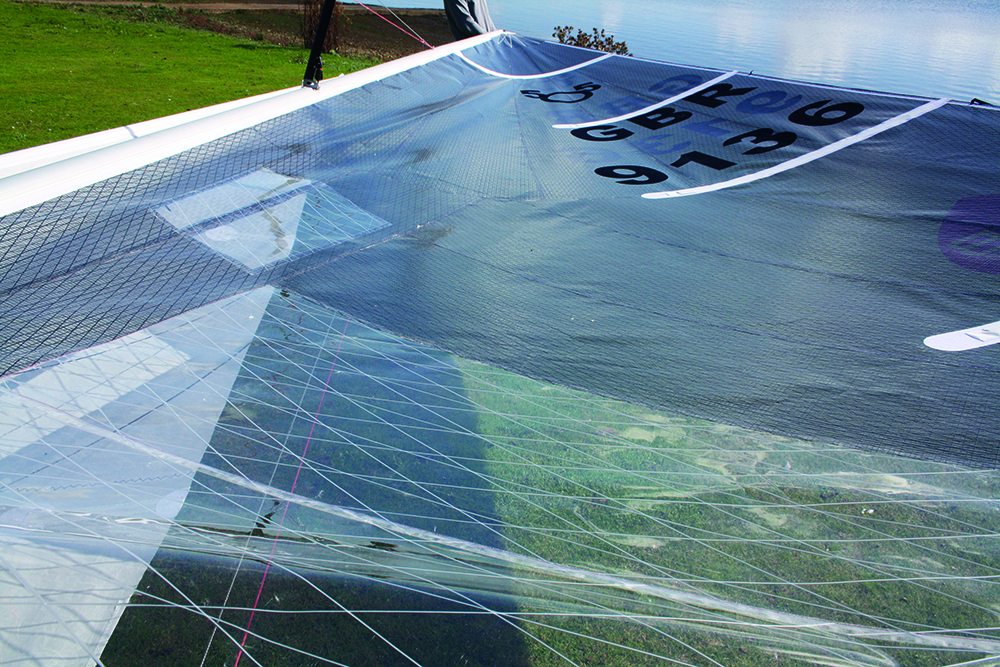
Cunningham too tight for light airs, with a big crease down the luff and the draft too far forward
© Not to be reproduced without written permission from Fernhurst Books Limited.
Tuning to Win is written by multiple champion, sailmaker and chandler Ian Pinnell.